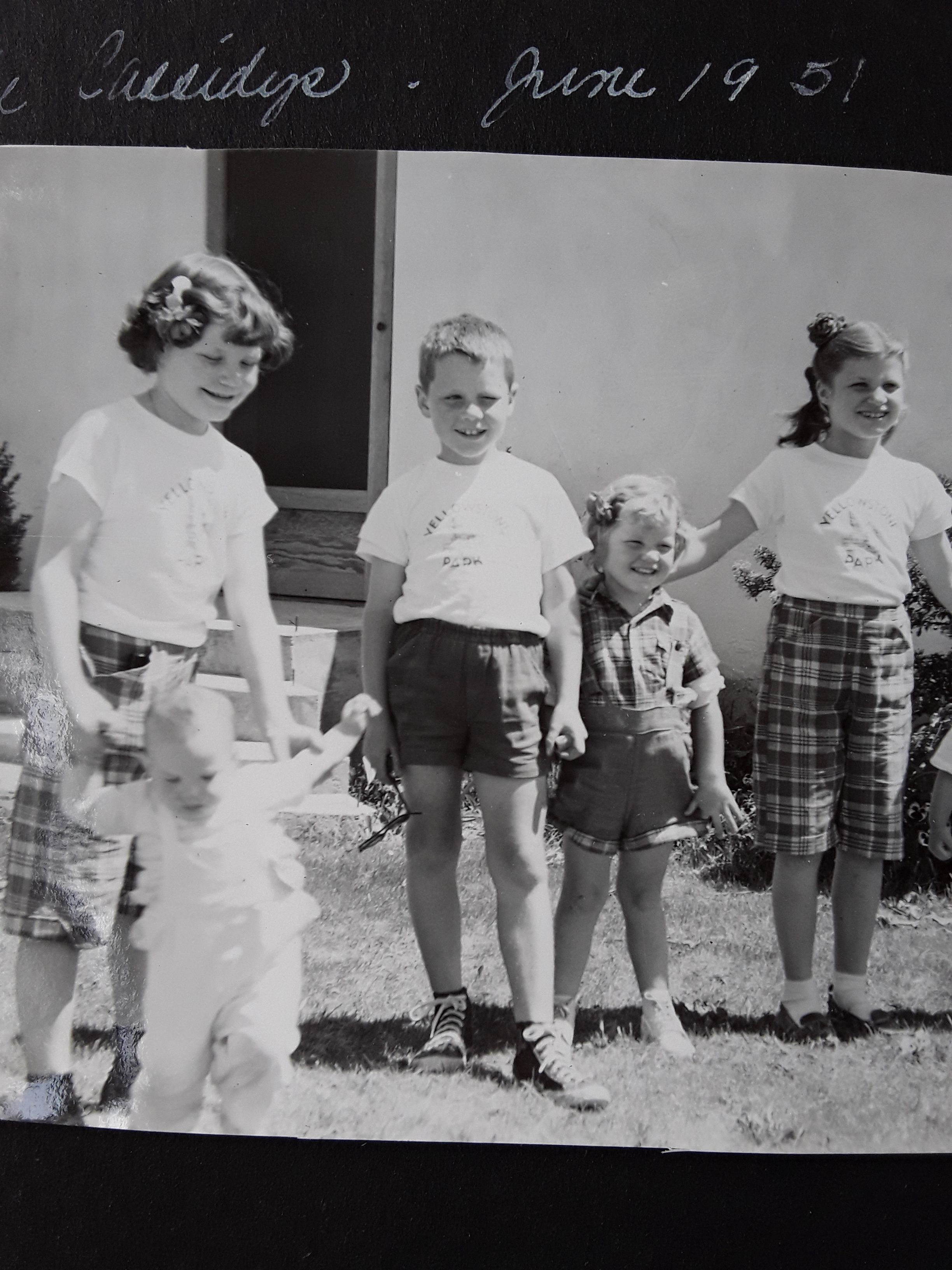Lieutenant Colonel Patrick Francis ‘Hopalong' Cassidy's Army career first became well known while he was serving as Commanding Officer, 1st Battalion, 502nd Parachute Infantry Regiment, 101st Airborne Division, on D-Day.
In action against enemy forces in France on 11 June 1944, Lt. Col. Cassidy's battalion was committed to the assault of Carentan. To accomplish the mission, it was necessary to cross a narrow bridge. When the battalion was held up at the bridge, Lt. Col. Cassidy came up to the bridge and, despite intense machine gun and mortar fire, directed a movement across. He then led his battalion in an assault up a narrow causeway, continually exposing himself to heavy enemy fire. When his artillery liaison officer became a casualty, he, through his command radio net, directed artillery fire upon a German machine gun nest that was holding up the advance.
The citation that awarded him the Distinguished Service Cross on 1 July 1944, stated: "Lt. Col. Cassidy's outstanding leadership, personal bravery and zealous devotion to duty exemplify the highest traditions of the military forces of the United States and reflect great credit upon himself, the 101st Airborne Division, and the United States Army."
At the end of World War II, the deployed combat historians assigned to the History Section, U.S. Army European Theater of Operations (ETO) in Paris, prepared a special study titled: Battalion and Small Unit Study Number 9 – Cassidy's Battalion. The original is on file in the Historical Manuscripts Collection (HMC) under file number 8-3.1 BA 9, along with the title. As the introduction clearly states, the author's study was compiled using oral interview techniques invented during World War II by S.L.A. Marshall.
An examination of the record and accomplishment of Cassidy's Battalion, weighed critically against all others in the American Army, warrants the estimate that on D-Day, in point of fighting effectiveness and tactical scope, this was probably the outstanding Battalion of the Normandy operation. Yet Cassidy personally felt that his show had gone off none too well and he was chagrined that the day's score had not been better. He repeatedly expressed this view to the HO and was almost apologetic at times while the actions were being reconstructed. He was given the Distinguished Service Cross for D-Day and was certain that he had not earned it.
After World War II, Cassidy's commands included:
• As a Colonel, he commanded the 511th Airborne Regiment from July 1954 - June 1955.
• As a Major General, he commanded the 8th Infantry Division headquartered at Bad Kreuznach, West Germany, from April 1966 to June 1968.
• As a Lieutenant General, he commanded I Corps (Group) in South Korea
• As a Lieutenant General, he was Deputy Commander of the Eighth Army in South Korea
• As a Lieutenant General, he commanded the Fifth Army at Fort Sam Houston, Texas
Bio compiled by Charles A. Lewis
Lieutenant Colonel Patrick Francis ‘Hopalong' Cassidy's Army career first became well known while he was serving as Commanding Officer, 1st Battalion, 502nd Parachute Infantry Regiment, 101st Airborne Division, on D-Day.
In action against enemy forces in France on 11 June 1944, Lt. Col. Cassidy's battalion was committed to the assault of Carentan. To accomplish the mission, it was necessary to cross a narrow bridge. When the battalion was held up at the bridge, Lt. Col. Cassidy came up to the bridge and, despite intense machine gun and mortar fire, directed a movement across. He then led his battalion in an assault up a narrow causeway, continually exposing himself to heavy enemy fire. When his artillery liaison officer became a casualty, he, through his command radio net, directed artillery fire upon a German machine gun nest that was holding up the advance.
The citation that awarded him the Distinguished Service Cross on 1 July 1944, stated: "Lt. Col. Cassidy's outstanding leadership, personal bravery and zealous devotion to duty exemplify the highest traditions of the military forces of the United States and reflect great credit upon himself, the 101st Airborne Division, and the United States Army."
At the end of World War II, the deployed combat historians assigned to the History Section, U.S. Army European Theater of Operations (ETO) in Paris, prepared a special study titled: Battalion and Small Unit Study Number 9 – Cassidy's Battalion. The original is on file in the Historical Manuscripts Collection (HMC) under file number 8-3.1 BA 9, along with the title. As the introduction clearly states, the author's study was compiled using oral interview techniques invented during World War II by S.L.A. Marshall.
An examination of the record and accomplishment of Cassidy's Battalion, weighed critically against all others in the American Army, warrants the estimate that on D-Day, in point of fighting effectiveness and tactical scope, this was probably the outstanding Battalion of the Normandy operation. Yet Cassidy personally felt that his show had gone off none too well and he was chagrined that the day's score had not been better. He repeatedly expressed this view to the HO and was almost apologetic at times while the actions were being reconstructed. He was given the Distinguished Service Cross for D-Day and was certain that he had not earned it.
After World War II, Cassidy's commands included:
• As a Colonel, he commanded the 511th Airborne Regiment from July 1954 - June 1955.
• As a Major General, he commanded the 8th Infantry Division headquartered at Bad Kreuznach, West Germany, from April 1966 to June 1968.
• As a Lieutenant General, he commanded I Corps (Group) in South Korea
• As a Lieutenant General, he was Deputy Commander of the Eighth Army in South Korea
• As a Lieutenant General, he commanded the Fifth Army at Fort Sam Houston, Texas
Bio compiled by Charles A. Lewis
Inscription
DSC SS & PH
Gravesite Details
LT GEN US Army, World War II, Korea, Vietnam























